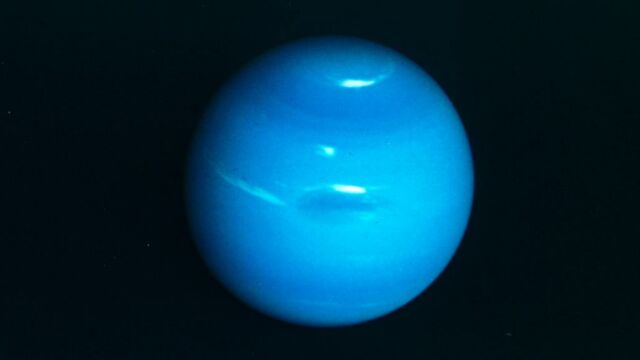New planet that could ‘support life’ has been discovered, here’s what we know

As space exploration continues, it can be fun to imagine what’s out there. The latest discovery is of a planet that could ‘support life’. Here’s what we know.
Space is truly a mystery. Scientists spend years exploring the infinite galaxies that surround our planet. However, exploration can only go so far, which is why science is developing more and more machines and such to safely explore space for us.
Discover our latest podcast
The latest find is rather impressive as it could hold the potential to ‘support life’, but what does this mean exactly? Are there already living creatures on said planet? Or could it be a possible planet humans can ‘relocate’ to? Here’s everything we know so far.
More under this adMore under this ad‘An ocean planet’
The exoplanet was discovered by NASA’s space telescope Transiting Exoplanet Survey Satellite (TESS) as well as the Observatoire du Mont-Mégantic in Canada and the MuSCAT3 telescope in Hawaii.
The TESS telescope’s mission is to survey the sky in search of planetary systems that are relatively close to ours.
Researchers have named the exoplanet TOI-1452 b, as reported by MailOnline.
Exoplanet TOI-1452 b has just been discovered by Canadian researchers @University of Montreal, @UofT, and @iExoplanets. It could be an OCEAN planet covered by a thick layer of water! 😱🌊
— Canadian Space Agency (@csa_asc) August 25, 2022
Image: Benoît Gougeon, Université de Montréal
Learn more: https://t.co/DvqPxYLamwpic.twitter.com/ObH6pCj3y5
An exoplanet is a planet that orbits stars outside the solar system, explains Newsweek. Exoplanet TOI-1452 b is roughly 100 light years away from Earth and is located in the Draco constellation.
It would appear that this planet is ‘completely covered by a thick layer of water’,as per MailOnline.
What do we know about this planet?
The research that led to the discovery of TOI-1452 b was done by Charles Cadieux, a Ph.D. student at the Université de Montréal. The findings were then published in The Astronomical Journal on August 12.
More under this adMore under this adThe research team discovered that TOI-1452 b is roughly 70% larger than Earth and is also nearly 5 times heavier,according to Newsweek.
The exoplanet orbits its star once every 11 days, which combined with the distance between the planet and its star, suggests that the planet is of moderate climate.
More under this adMore under this adSince the planet is believed to have a moderate climate, it can host water, which is the core of all life, suggesting that it can ‘support life’.
Cadieux said in a press release:
Its radius and mass suggest a much lower density than what one would expect for a planet that is basically made up of metal and rock, like Earth.More under this adMore under this ad
Read more:
⋙ NASA reveals never-before-seen view of Jupiter with storm 'big enough to swallow earth' (PHOTO)
⋙ Astronomy: Beginner's guide to get started
⋙ NASA reveals what a black hole really sounds like with this remix (VIDEO)